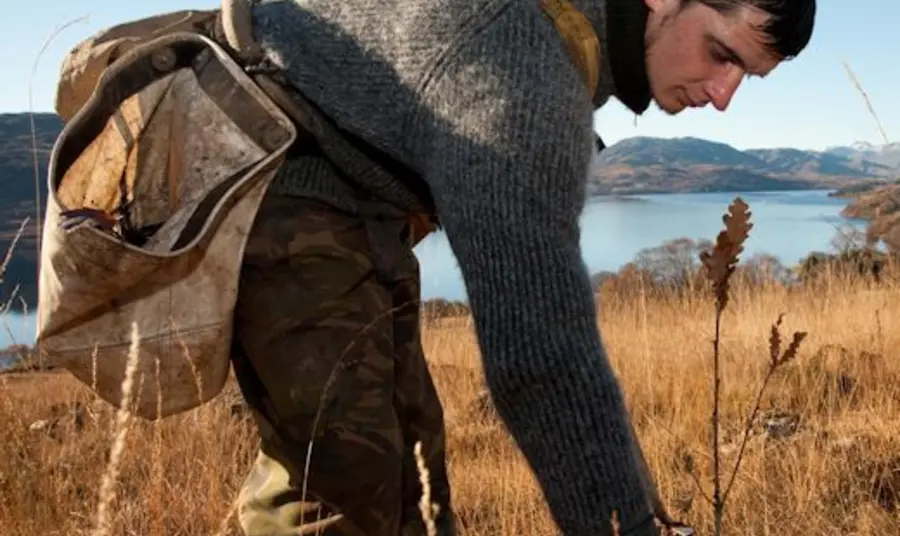
Heritage Grants
This project, supported through two National Lottery grants and led by the Forestry Commission Scotland and Woodland Trust Scotland, will protect and enhance this large and iconic landscape as well as significantly improving access – encouraging more people to learn about, enjoy and appreciate the area's rich heritage.
The Great Trossachs Forest is one of the most ambitious woodland conservation projects to take place in a generation.
Sue Morris, Project Manager, The Great Trossachs Forest
Covering 16,650 hectares, the project will protect and enhance existing ancient woodland and open moorland habitats. The partnership across the area also includes the RSPB, BP and private landowners.
Sue Morris, Project Manager, The Great Trossachs Forest, said: “Through the Gateways Project we will have two new visitor gateway centres, a long distance walking and cycling route called The Great Trossachs Path, a natural play trail, 300 hectares of fantastic new native woodland and a wide ranging volunteer and education programme, meaning that visitors and local people can engage meaningfully with the rich natural and cultural heritage of the Trossachs.
"The Great Trossachs Forest is one of the most ambitious woodland conservation projects to take place in a generation. Forestry Commission Scotland, RSPB and the Woodland Trust Scotland have a 200-year commitment to creating new native woodland, improving the experience for visitors, broaden opportunities for volunteering and participation, and developing an outdoor learning programme. Funding from the Heritage Fund has been invaluable in making this vision become reality.”
Ultimately, the aim is for the area to become a showcase for wildlife, tourism, outdoor leisure activities, outdoor learning, research and partnership working.